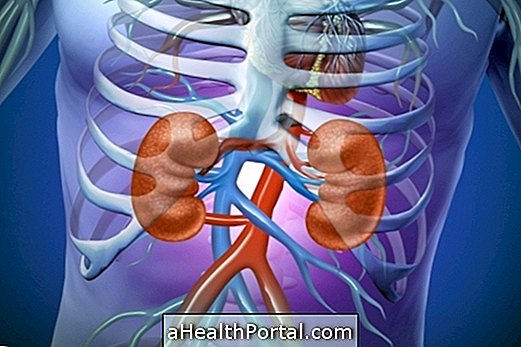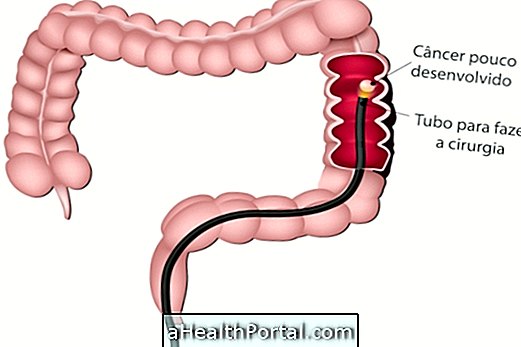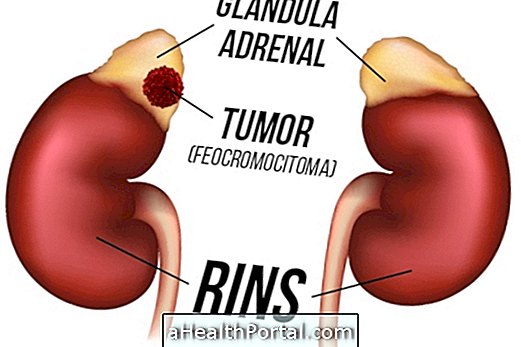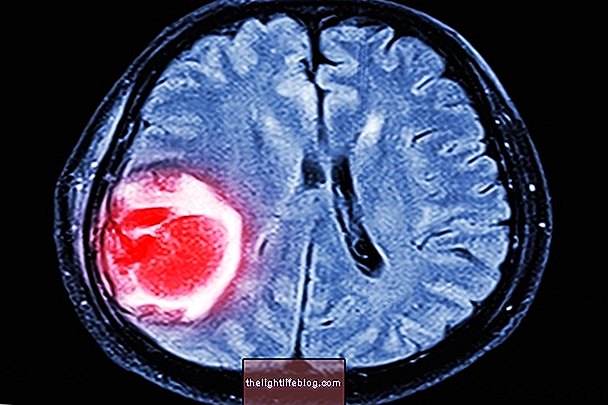Pancreatic cancer is a type of malignant tumor that usually does not show symptoms in advance, which means that when it is discovered it may already be spread in such a way that the chances of cure are greatly reduced.
The life span of the person with pancreatic cancer can be very reduced, ranging from 6 months to 5 years, even performing the treatment indicated by the doctor. The treatment can be done with radiotherapy, chemotherapy or surgery and the choice depends on the staging of the tumor:
- Stage I: Surgery may be indicated
- Stage II: Surgery may be indicated
- Stage III: Advanced cancer, surgery is not indicated
- Stage IV: Cancer with metastasis, surgery is not indicated
Other factors that should be taken into consideration are the exact location of the tumor, whether the blood vessels or other organs are also affected.
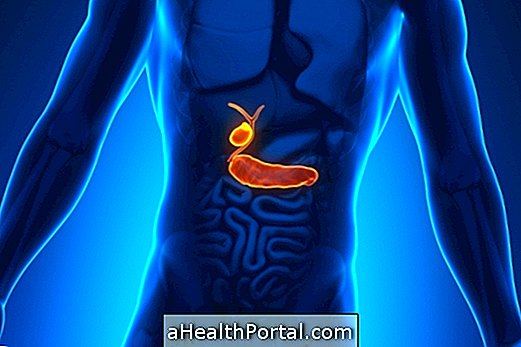
Symptoms of Pancreatic Cancer
Initially pancreatic cancer can cause mild discomfort after meals, such as poor digestion and mild abdominal pain in the stomach area. The most advanced symptoms of pancreatic cancer are usually the ones that draw the most attention, and can be:
- Weakness, dizziness;
- Diarrhea;
- Loss of weight without apparent cause;
- Loss of appetite;
- Jaundice, caused by obstruction of the common bile duct, accompanied by itching through the whole body. The yellow color affects not only the skin, but also the eyes and other tissues;
- Difficulties in the digestion of fatty foods, or increased fat in the stool usually indicate obstruction of the bile duct, a more delicate situation.
At the beginning of its development pancreatic cancer does not hurt, and so the person does not seek medical attention. The pain usually appears when the cancer is most advanced and can be mild to moderate intensity in the region of the stomach, with radiation to the back. Generally when pancreatic cancer starts to show symptoms they are usually related to the involvement of other structures such as the liver and other tissues of the digestive system, and in this case the pain is stronger and can affect the lower ribs.
In cases of suspected pancreatic adenocarcinoma, the most effective tests to confirm the diagnosis are computed tomography, MRI and ultrasound, as well as a biopsy of the pancreas.
Does pancreatic cancer have a cure?
When discovered early in its development, pancreatic cancer can be cured, but finding it early is difficult, especially because of the location of this organ and the absence of characteristic symptoms. The best treatment option is surgery for removal of the tumor, which can cure this cancer.
As a form of treatment for cancer in the pancreas have radio and chemotherapy. Some cases may benefit from the withdrawal of the diseased part of the pancreas and affected tissues through surgery. Its treatment is long and new complications may arise, such as metastases to other areas of the body.
Who has the most risk of having this cancer
This cancer is most common in people between 60 and 70 years of age, and is rarely found in young adults. Factors that increase a person's risk of having this cancer are diabetes or glucose intolerance and being a smoker.
Excessive consumption of high-fat foods, red meats, alcoholic drinks, pancreatitis, and working in places where you have been exposed to chemicals such as solvents or petroleum for more than 1 year also increase the risk of this disease.

